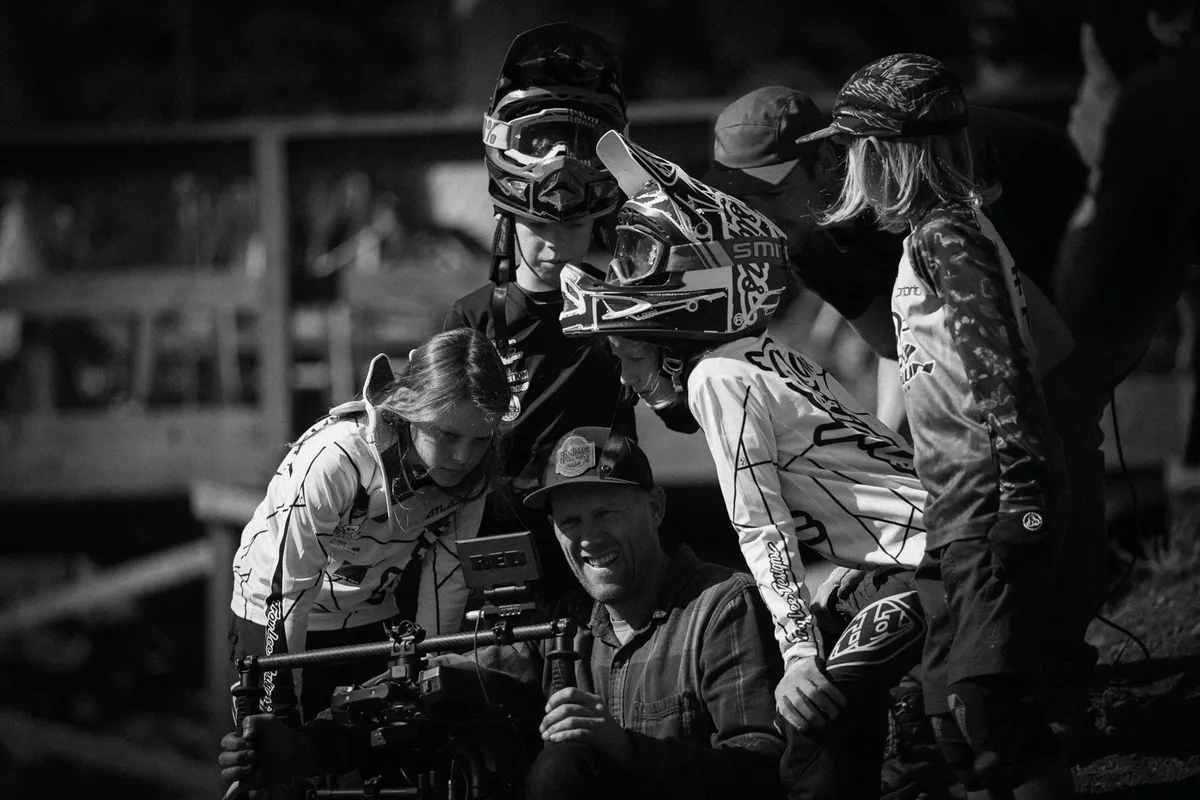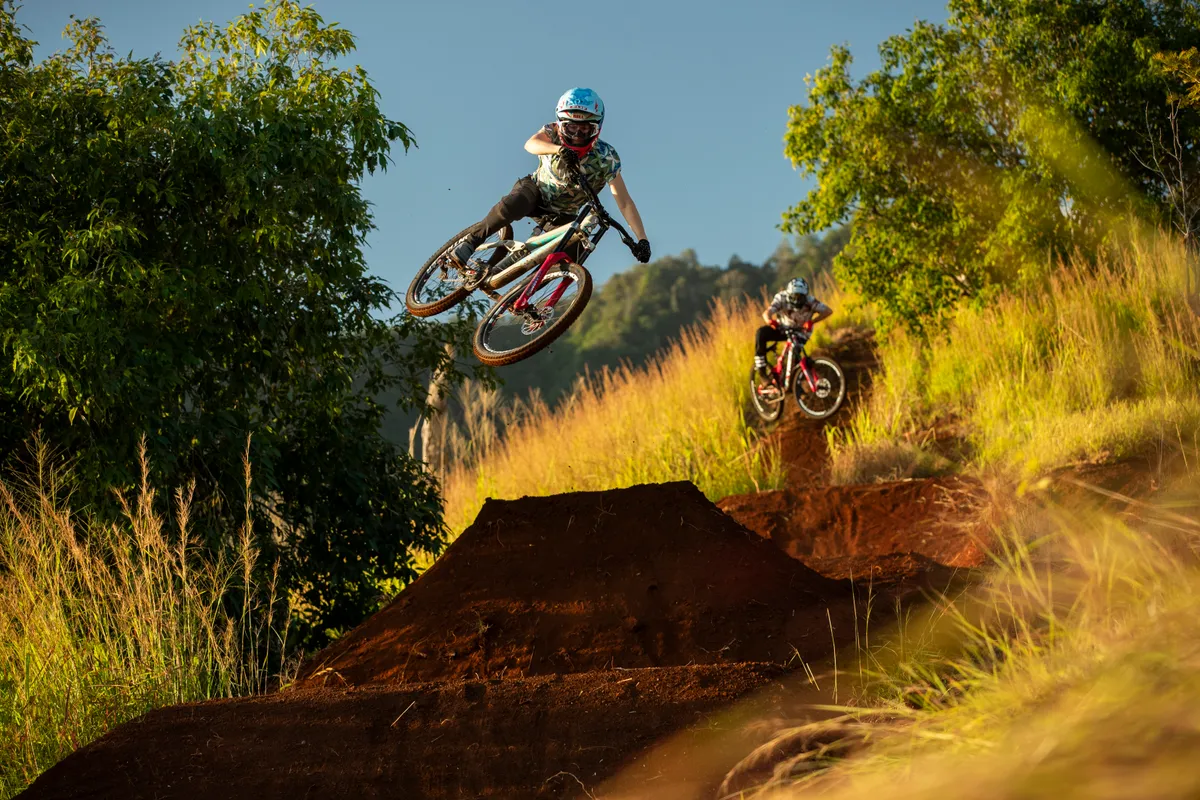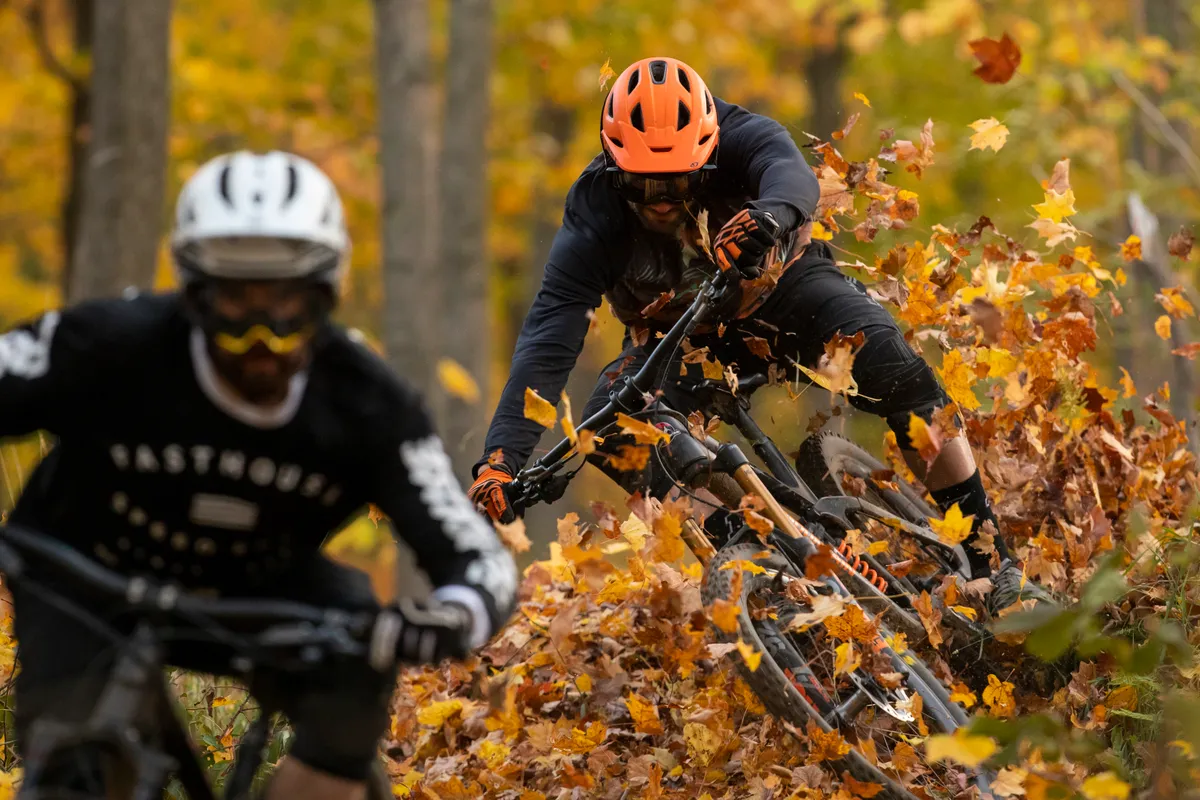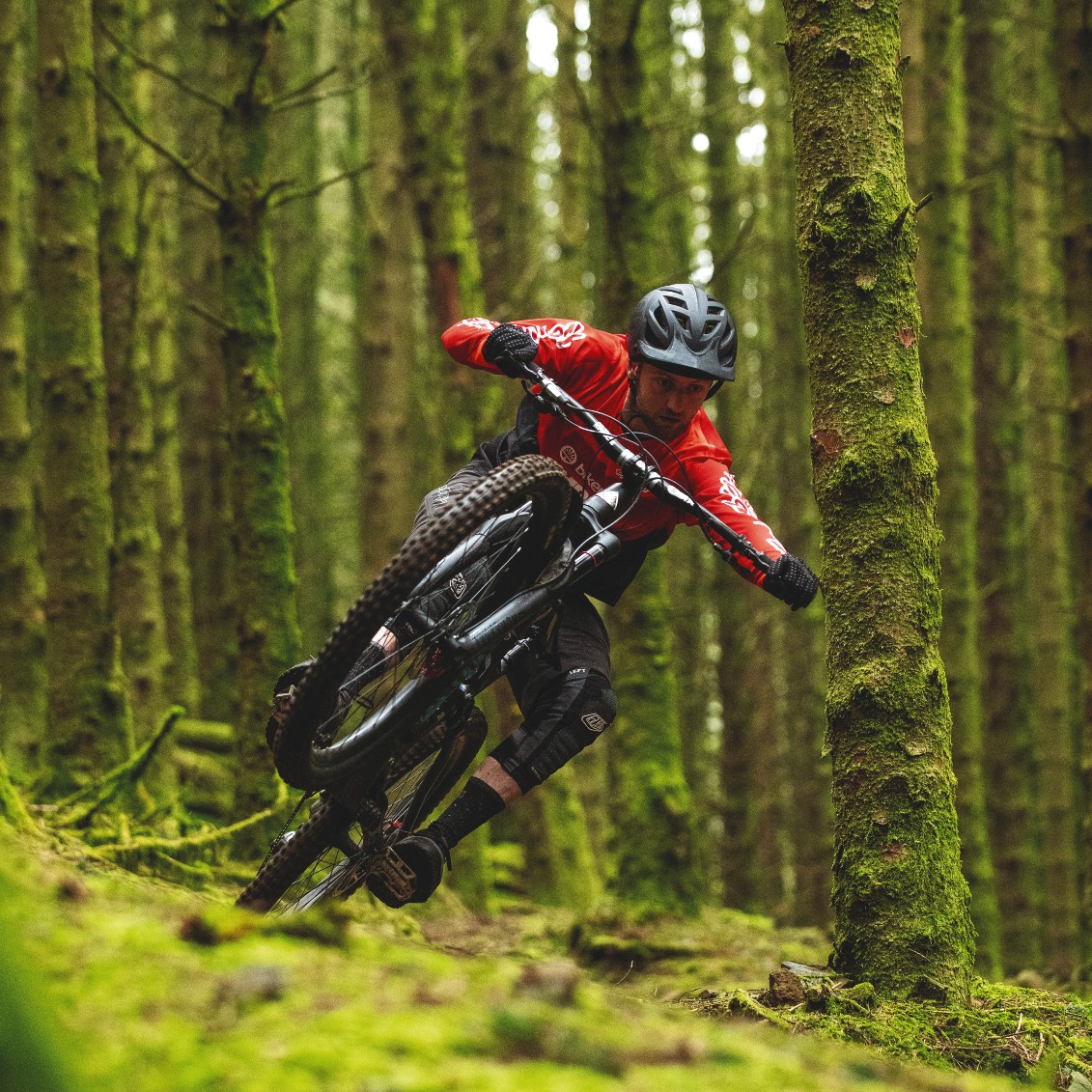MBUK – When you set out to make Return to Earth what was your ambition and how does it differ from that of your previous films?
DW – Well, the motivation behind the film is the same as for our previous films – the idea has always been to create something that inspires people to get out and ride, or even get into the sport, if this is their first introduction to mountain biking. The underlying theme of Return to Earth is really leaning into the idea of living in the present and reconnecting to nature through mountain biking. We’ve been thinking a lot about how the pull of modern life seems to be taking us away from nature and disconnecting us from the natural world. Obviously the last 10 years have really seen a spike in this, with handheld devices becoming ubiquitous and the perpetual distraction that comes along with that. So we see a mountain bike film as an opportunity to point our audience towards the positive and get people riding bikes!

Is the effort of making something feature-length still worth it, in this age of instant social media?
For us, it’s all about immersion in the experience. When one is engaged in something for a longer period of time, it has the potential to have more impact. A longer-form film has the power to influence the audience more than the short pieces that you typically see on the web these days. That’s not say short clips can’t be powerful, but in my opinion there’s no substitute for time spent being absorbed in an experience. It’s the same reason that we don’t go for three-minute bikes rides – it would definitely take less time out of our day, but would the experience be the same as going for an hour or two?
Has the style of filmmaking evolved much over the years? Were there different techniques and ideas you wanted to try out this time around?
We’re always trying to evolve our filming style, but I think that evolution is becoming more subtle over time, with so much content out there to compare it to. I think we’ve personally evolved the most in the direction of focusing on the creation of a specific feeling with our films and having a positive message that means something to our audience. These days, to make something special you really need to combine all aspects of filmmaking – from camera techniques to sound and storytelling.
Have you been shooting in any exotic locations?
Return To Earth actually has more locations than any other film we've made, even going back to The Collective days. We filmed in Whistler, Squamish, Quebec, Bend, Crested Butte, Moab, Wales, Lenzerheide, Bariloche, Argentina and Hawaii! For the more significant shoots, I'll go on ahead to scout the locations. This narrows down our focus for what we want to shoot. Other locations where we’re working with locals, or if they’re really established, we rely on the MTB community to help us fine-tune a plan before we go in and shoot.

How does a shoot usually work? Who’s on set and what are the different roles?
The typical timeframe to shoot a film segment is two weeks, but depending on the location and the ambition of the segment, that can fluctuate from a week up to a full month. In the end, the complete film usually rounds out to 150 days of shooting, give or take a few weeks! In terms of our roles on set, we’ve always had a very collaborative mindset, since we all made our first film together in 2003. Since then, myself, Darren McCullough and Colin Jones have worked so closely together that we share a lot of the roles while filming. I typically fall into a directing/organisational role, while Darren and CJ have become masters at shooting with the full range of camera equipment that we use – so most of the shots you’ll see in the film are their work. We’ve also expanded our team over the years, so we have Fraser Newton as a grip/master-problem-solver, Jo Osborne is on sound and Matt Butterworth shoots behind the scenes and additional action angles.
Any moments during the production that stand out in your mind?
The most significant shoot of the film was definitely Hawaii. We were there for a month shooting the opening and closing segments of the film at the same time. We had nine riders with us for the majority of that time and the whole team rounded out at 22 people all living in our own temporary village in the jungle at the base of the mountain. The Loft Bike Parks crew built for 30 days straight and basically created some of the sickest trails on the planet during that time. There’s too much to say about that shoot to write it down here, but it was an amazing example of what can get done when a group of like-minded people get together and all channel their energy in the same direction for a month!

What about any crazy lines, mad tricks, incredible feats of bicycle riding that you can tease us with?
The closing segment of the film…that has some surprises in it, but I’ve already mentioned that one. Every shoot has something special of course, but another one that stood out is the Whistler Bike Park segment, which we shot with six young shredders aged 9-14. The level that kids are riding at these days is absolutely insane – not only are they talented, but they’re already so experienced and calculated at such a young age. It’s scary to watch sometimes, but it's also exciting to think about where they'll take the sport in the future. Prepare to feel humbled by children!
What have been the biggest challenges?
Making a film is one giant set of challenges! So much of filmmaking is problem solving – from pitching the film, to sponsors to planning and pulling off shoots, to editing it all on time and running a premiere tour. It’s a huge undertaking and it only works because we’re all so passionate about it. So it’s hard to say…but the biggest roll of the dice is nailing the right weather and conditions for shooting and getting through a shoot with healthy riders. Every time we wrap up a shoot, I think back to all the things that had to go perfectly for it to come together and it makes me shake my head.
When did you start working on the project and how close is it to completion now?
At the time of this interview we have just over two months to go before the World Premiere on June 14th in Vancouver, BC. We started pitching this film and making plans for it in the middle of 2017 so it'll be a two-year project when it’s all said and done. Absolutely everyone's working their asses off around here these days.
The Return to Earth premiere tour is taking place June 14th – July 15th, with 100+ locations worldwide. Keep an eye out for UK dates. The iTunes launch will be mid July and it'll appear on the major streaming platforms later in the year.

You can subscribe to MBUK here and check out our Facebook, Instagram and Twitter accounts for all of the latest mountain bike action.
And don’t forget to sign up to our newsletter!
